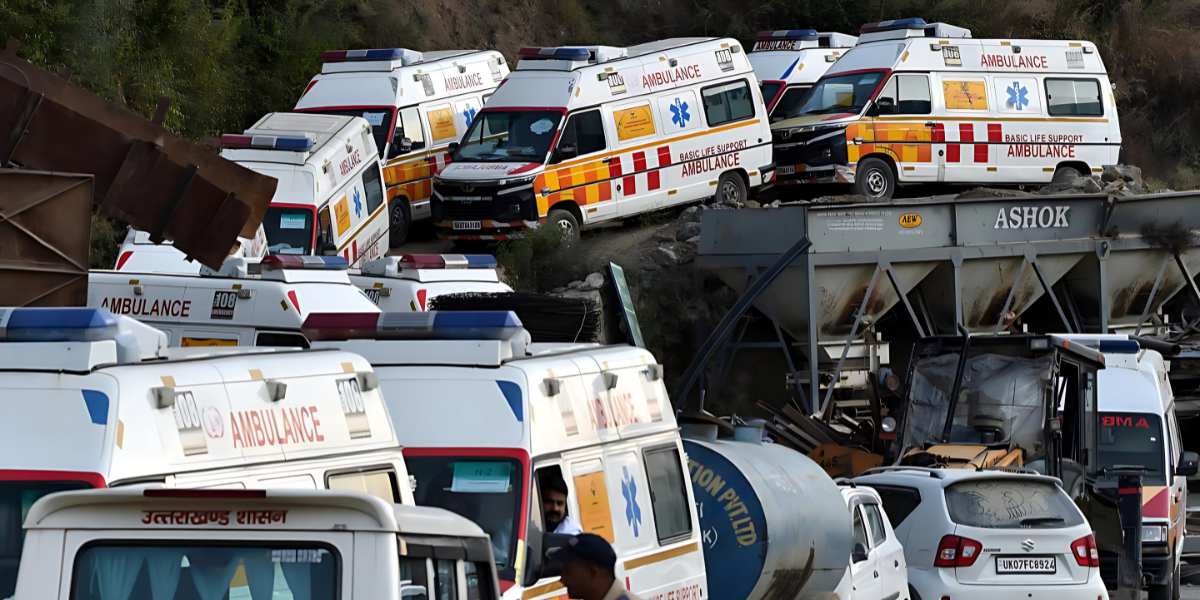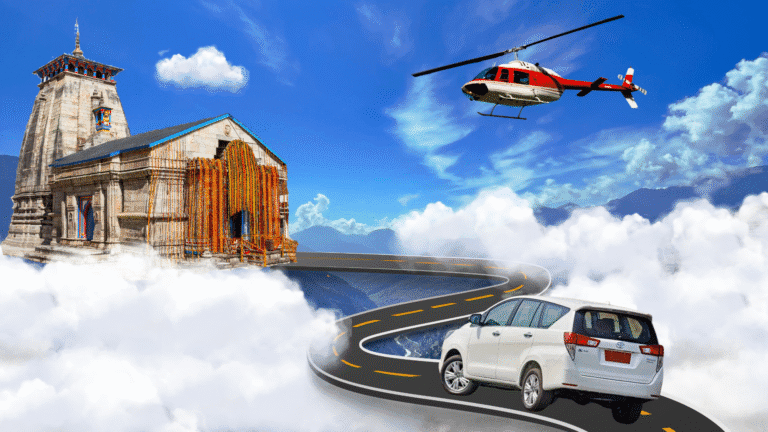Emergency services on Char Dham Yatra Route have been significantly enhanced by the Indian government under Union Health Minister Mansukh Mandaviya’s leadership. A three-layered healthcare system ensures robust medical and emergency support, with advanced ambulances, stroke vans, and drone delivery for medicines in remote areas. Additionally, a ₹200 crore Traffic Incident Management System (TIMS) monitors 835 km of the route, ensuring quick response capabilities for pilgrims.
Table of Contents
Plan Your Spiritual Yatra With Us !
Get Customised Private Tours by Experts from Travel Vaidya
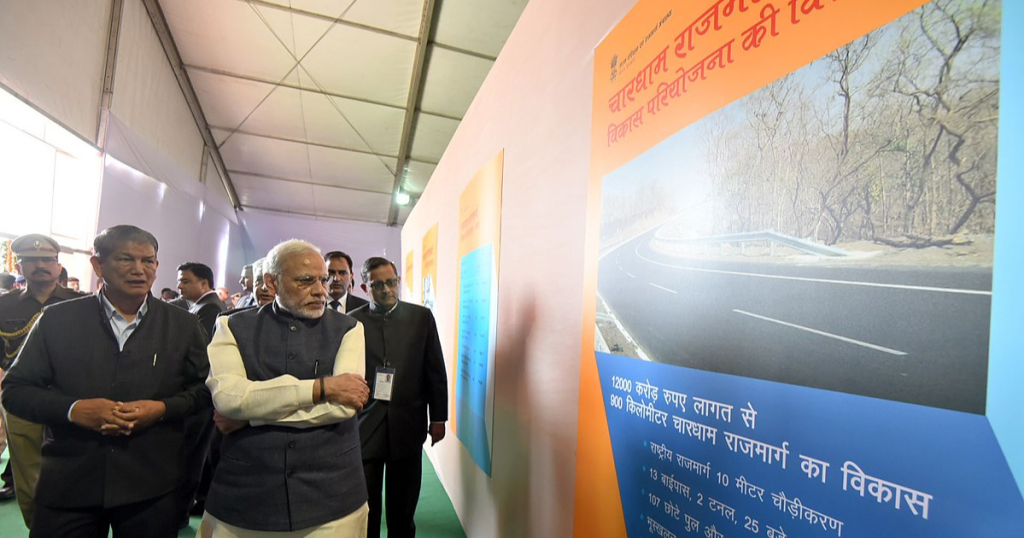
Geographical Challenges of Char Dham Routes
The Char Dham Yatra in Uttarakhand faces risks like landslides and heavy snowfall. To enhance safety, the government ensures official helicopter services via IRCTC, medical emergency access through 108, and promotes pre-yatra health check-ups. Pilgrims with heart or respiratory issues are advised caution, ensuring a safer pilgrimage experience.
Common Emergencies Faced by Pilgrims
Pilgrims often encounter health emergencies due to high altitude and physical exertion, ranging from dehydration to altitude sickness. Road accidents are not uncommon on the steep and winding routes. Vehicle breakdowns can leave travelers stranded for hours. Natural disasters such as landslides and floods exacerbate risks, especially during monsoon months.
Read Related Blogs
Top Places to Visit During Char Dham Yatra »
Char Dham Yatra Route Map: Best Road Journey Guide »
Char Dham Yatra Significance: Why It’s a Must-Visit »
Top 6 Travel Tips for a Smooth Char Dham Yatra »
Monsoon Packing Guide for Char Dham Yatra »
Summer Packing Checklist for Char Dham Yatra »
What to Pack for Char Dham Yatra: Essentials Guide »
Char Dham Yatra Budget: How Much Does It Cost? »
Emergency Medical Services (EMS) Availability
Health emergencies on the Char Dham routes are addressed by several hospitals and medical centers strategically placed along the journey. Mobile medical units and ambulances equipped with basic life support systems cater to immediate needs. In high-demand areas, trained paramedics and first responders are stationed to ensure quick care for critical cases.
Search and Rescue Operations
During crises like landslides or stranded pilgrims, specialized disaster response teams spring into action. Equipped with state-of-the-art gear, they conduct search and rescue missions in treacherous conditions. Helicopter rescue services play an indispensable role in evacuating individuals from areas inaccessible by road. These services provide a lifeline for those in dire need.
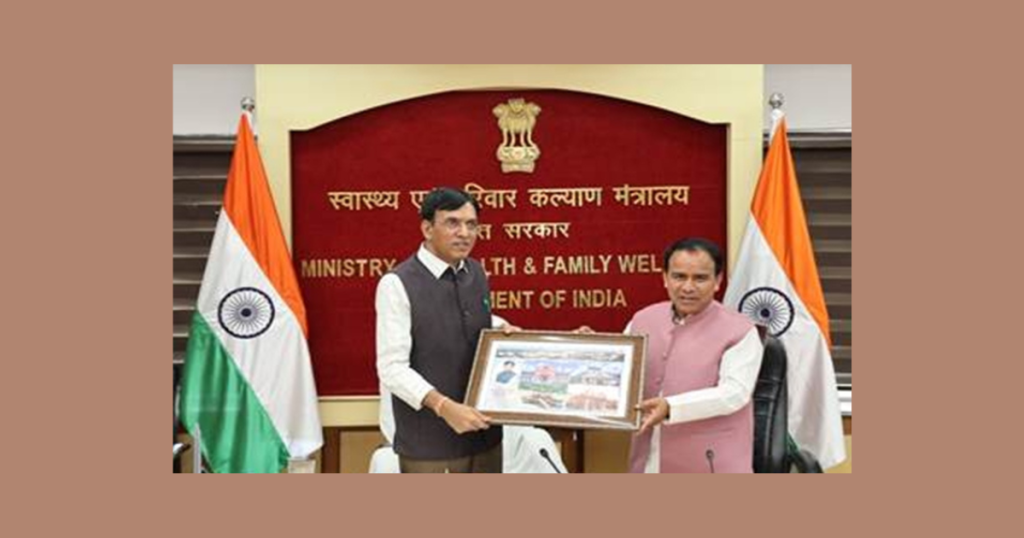
Coordination Between Government and NGOs
The government plays a pivotal role in maintaining emergency services along the Char Dham routes. Initiatives such as deployment of disaster response forces and building safer roads are key interventions. Additionally, NGOs contribute significantly by offering immediate assistance during emergencies, distributing food, and setting up temporary shelters.
Role of Technology in Emergency Services
Technology has revolutionized emergency management in recent years. Mobile apps now offer real-time updates on weather, road conditions, and potential risks, helping pilgrims make informed decisions. Drones have also been deployed for monitoring routes and locating stranded individuals, especially during natural disasters.
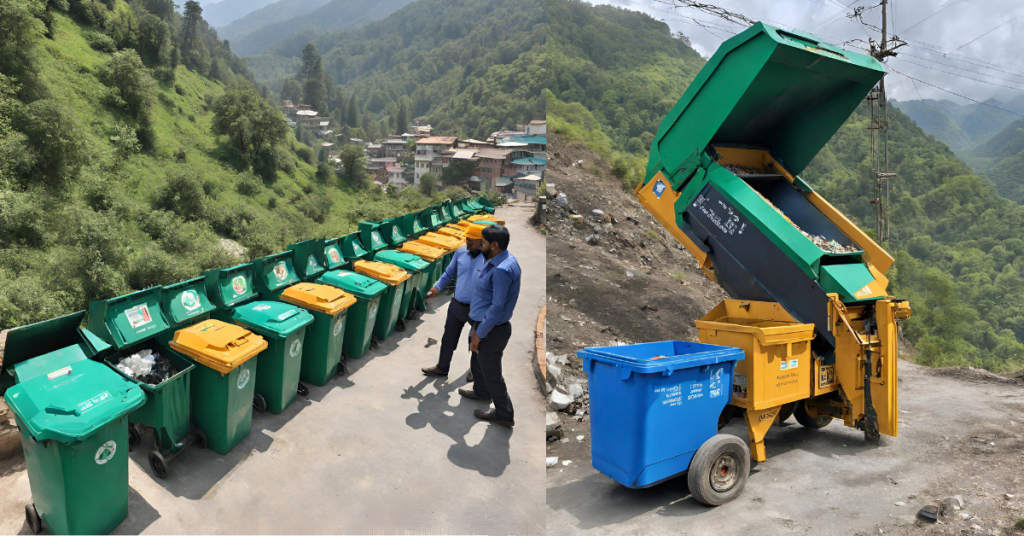
Preparedness of Local Communities
Local residents are often the first to respond during emergencies. Training them in basic first aid and rescue operations has empowered these communities to handle crises effectively. Community shelters serve as temporary safe spaces for stranded pilgrims, showcasing the importance of grassroots-level preparedness.
Challenges in Delivering Emergency Services
Despite the progress, several challenges hinder the delivery of effective emergency services. Infrastructural limitations, such as a lack of roads and medical facilities in remote areas, remain significant barriers. Communication gaps, especially during large-scale crises, can delay response times and escalate risks.
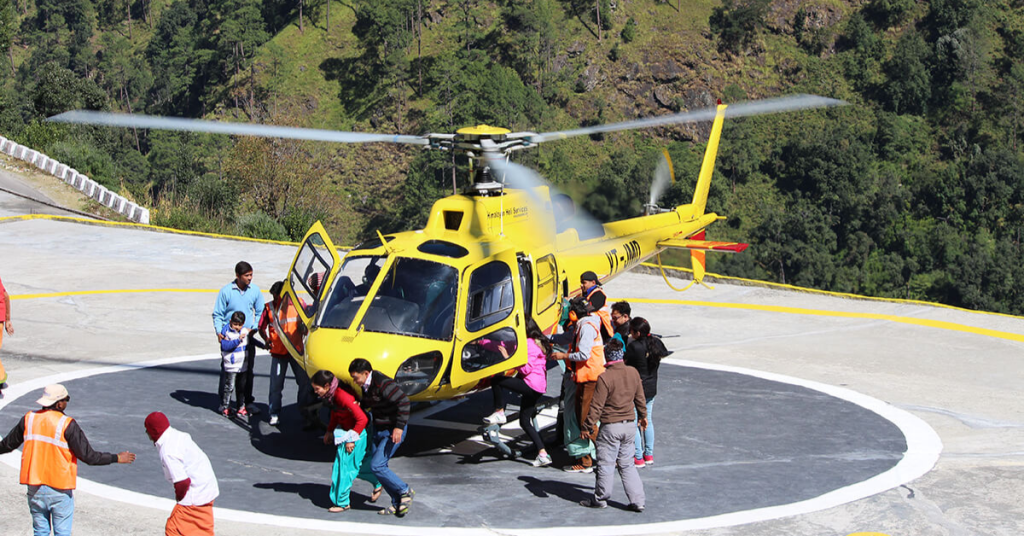
Improving Emergency Services: The Way Forward
Improving emergency services requires a multi-pronged approach. Infrastructure upgrades, such as widening roads and increasing medical facilities, are critical. Collaborative efforts between government bodies, NGOs, and local communities can lead to more sustainable solutions. Raising awareness among pilgrims about potential risks and safety precautions will further enhance preparedness for the journey.
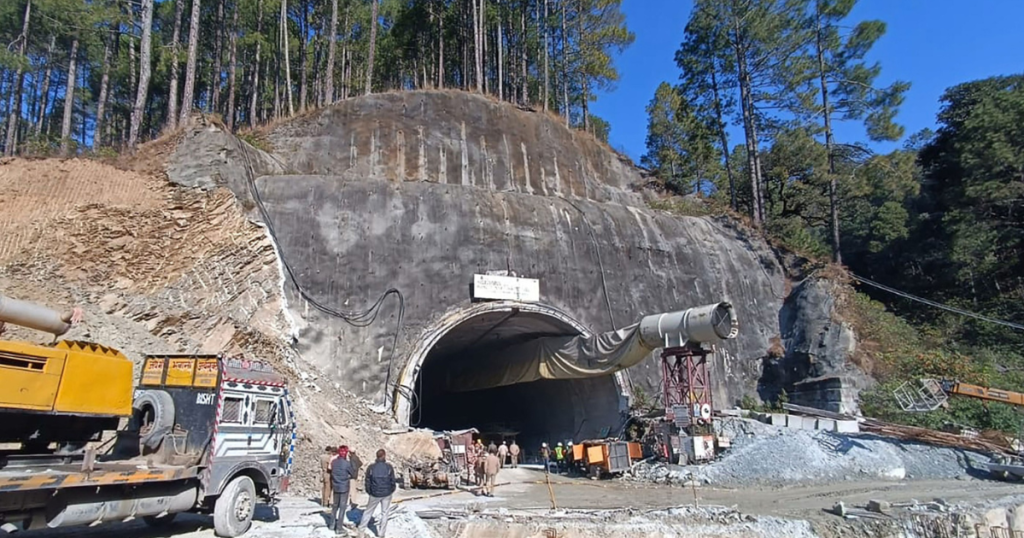
Facilities Available at Char Dham Yatra Route
- Multiple Bypass Roads
- Bridges and Viaducts
- Scenic Rest Areas & Pit Stops
- Hassle-Free Parking Spaces
- Helipads on Char Dham Highway
- Helicopter Emergency Response Services
- Serene Accommodations
- Upgraded Medical Facilities
- Local Market Shopping
- Effective Waste Management Initiatives
- Communication Centers
1. Bypass Roads
Thirteen newly constructed bypass roads ensure smooth travel between destinations. These reduce traffic congestion and provide easy access for pilgrims, making the journey more comfortable and enjoyable.
2. Bridges and Viaducts
With 132 durable bridges and 4 viaducts, the highway now offers safe passage through challenging terrains. These structures also treat travelers to breathtaking views of the surrounding mountains and valleys.
3. Scenic Rest Areas & Pit Stops
Over 18 rest areas and pit stops are located along the highway. Pilgrims can take a break, rejuvenate, and soak in the serene ambiance of the Himalayan backdrop during their sacred journey.
4. Hassle-Free Parking Spaces
Around 145 dedicated bus bays and parking spaces have been strategically placed, enabling smooth transitions from vehicles to temples. These well-planned facilities eliminate delays and enhance the spiritual experience.
5. Helipads on Char Dham Highway
Helipads are positioned at key locations, offering pilgrims the option to fly over scenic landscapes. This not only saves time but also provides a unique perspective of the journey.
6. Helicopter Emergency Response Services
Emergency helicopter services ensure rapid response in times of crisis. These services provide timely medical aid, making the journey safer for all pilgrims.
7. Serene Accommodations
Comfortable accommodations along the route, ranging from cozy guesthouses to luxurious hotels, provide peaceful retreats. These well-placed lodgings allow pilgrims to rest and recharge for the journey ahead.
8. Medical Facilities
A three-tier healthcare system has been introduced, featuring life-support ambulances and medical facilities along the route. Emergency medicines are delivered via drones, with referral support from AIIMS Rishikesh and other medical centers.
9. Local Market Shopping
Colorful local markets enhance the experience, offering handmade crafts and cultural souvenirs. Pilgrims can connect with Uttarakhand’s traditions through these vibrant shopping spots.
10. Waste Management Initiatives
Eco-friendly practices, such as recycling bins and awareness campaigns, ensure cleanliness along the route. These efforts maintain the area’s natural beauty and instill a deeper sense of respect among travelers.
11. Communication Centers
Equipped with internet and modern facilities, communication centers help pilgrims stay connected. They also provide real-time travel updates, bridging the gap between practical and spiritual needs.
Plan Your Spiritual Yatra With Us !
Get Customised Private Tours by Experts from Travel Vaidya
About Travel Vaidya – Trusted Travel Experts of Uttarakhand
Travel Vaidya is a Dehradun-based travel company with deep roots across Uttarakhand. For over 9 years, we’ve helped families, senior citizens, and spiritual travelers explore places like Char Dham, Auli, Jim Corbett, Nainital, Kausani, Almora, and Ranikhet with confidence.
We’re not a call center or big-brand OTA—we’re a small team that builds practical, experience-based itineraries. Every plan is shaped by local knowledge, seasonal awareness, and what actually works on-ground.
From temple visits to hotel check-ins, we handle logistics, route planning, and day-wise support—especially for elders and family travelers. We share what we know from living here, not from reading about it.
This guide is part of our effort to make travel in Uttarakhand easier to understand and plan.

Read Related Blogs
Essential Packing Tips for Senior Citizens on Char Dham Yatra »
Char Dham Yatra by Road: Everything You Need to Know Before You Go »
The Ancient Roots of Char Dham Yatra: A Journey Through History »
Char Dham Yatra in Monsoon: Risks, Precautions & Travel Tips »
Char Dham Yatra in Summer: Best Time to Visit & Travel Tips »
How to Book Char Dham Yatra Online: A Step-by-Step Guide »
Char Dham Yatra Peak Season: Best Time, Crowds & Smart Travel Tips »
Char Dham Yatra Road Conditions: What to Expect & Travel Tips »
Emergency Services on Char Dham Yatra Route: Hospitals, Helplines & Safety Tips »

